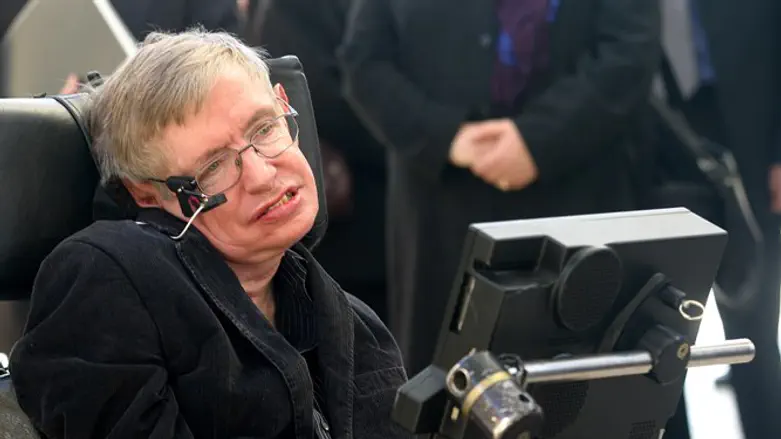
An Israeli scientist at Technion University has proven a 42 year-old Stephen Hawking hypothesis - by creating a "black hole" in his lab.
Jeff Steinhauer, and his team at the Technion Atomic Physics Lab, were stymied by a problem facing physicists world-over: Black holes absorb all energy through their event horizon, but what happens then?
Leading physicist Stephen Hawking proposed years ago that photons of energy "leaked" off of the sides of a waning black hole, returning the energy to the earth.
However, Hawking's hypothesis only had math on its side. No Earthly instruments could detect such tiny leakage from hundreds of light years away.
Steinhauer, though, had a different plan: If you can't bring the instruments to the black hole, then better bring the black hole to the instruments.
In order to simulate a black hole, Steinhaur super-cooled helium to almost absolute zero (-273.15°C, or -59.67°F), then quickly heated the center to make a sound-blocking barrier, simulating the event horizon of a black hole.
Steinhauer found that phonons, tiny particles of sound wave energy, did escape his simulated black hole, in line with Hawking's calculations.
"This confirms Hawking’s prediction regarding black hole thermodynamics,” Steinhauer wrote in the introduction to his paper.
Scientists around the world are now scrambling to replicate the Technion's results.
"The experiments are beautiful," physicist Silke Weinfurtner from the University of Nottingham in the UK, who is running his own Earth-based experiments to try and detect Hawking radiation, told The Telegraph. "Jeff has done an amazing job, but some of the claims he makes are open to debate. This is worth discussing."